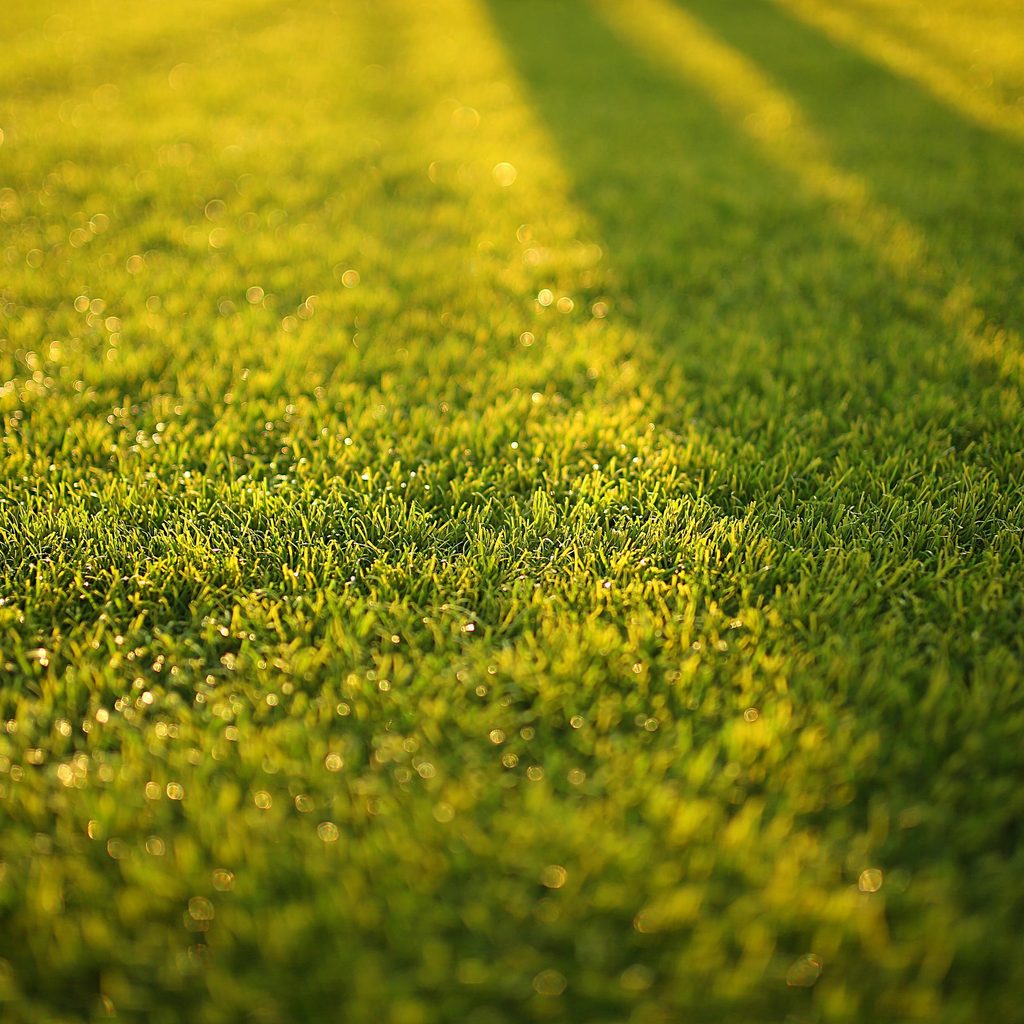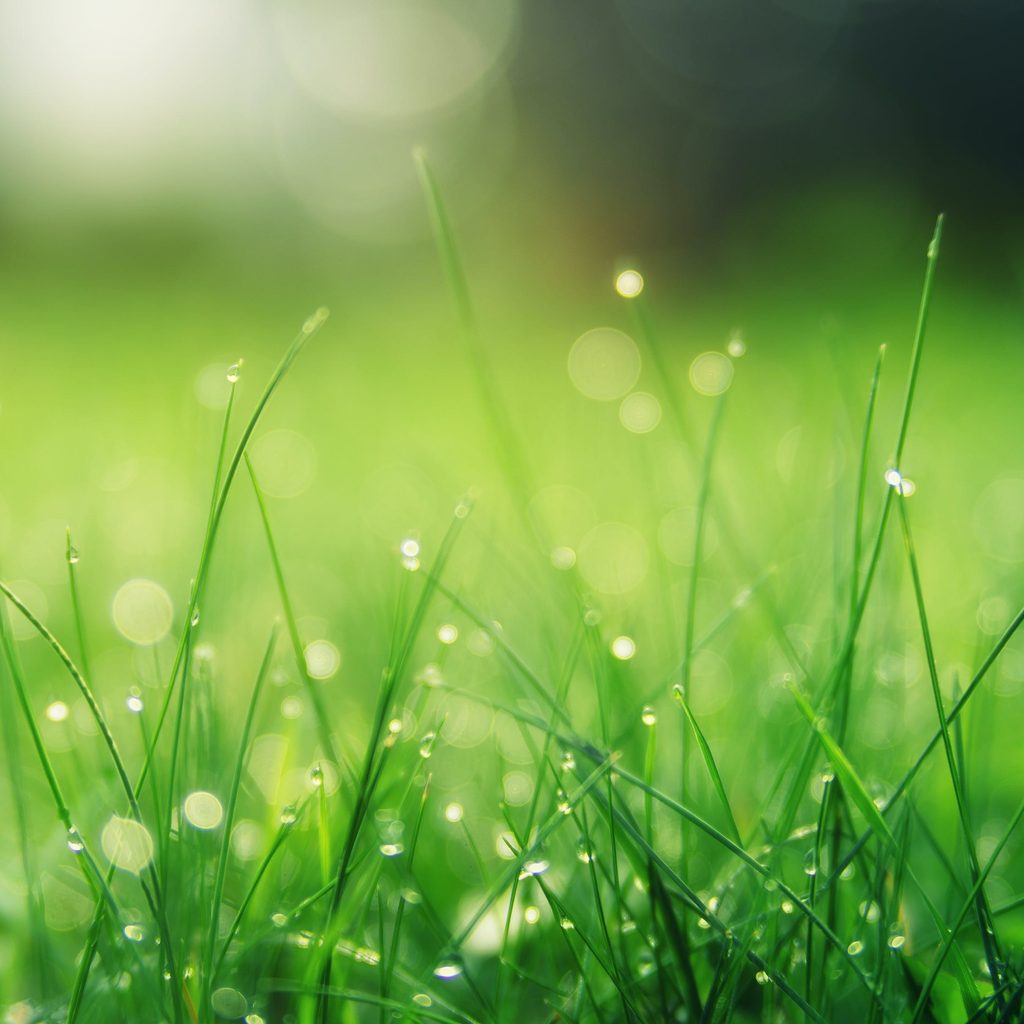Having a lush, healthy lawn is something many homeowners work hard to accomplish. If you live in a region where the winters are cold and snow-covered, however, keeping your lawn safe from damaging temperatures can be a challenge. The good news is, preparing your lawn for winter in the fall can go a long way toward ensuring your grass grows and flourishes in the spring.

What are the biggest dangers winter poses to your lawn?
While grass stops growing in the winter and appears to die, the root systems keep enough stored nutrients to keep themselves alive throughout the chilly months. Not all roots survive the harsh climate though, and grass can completely die if the root systems sustain too much damage.
Snow mold
When the snow thaws in the spring, the presence of gray or pink crusted sections of grass indicates that snow mold has infected the area. Snowfall on unfrozen soil creates a lot of moisture that becomes trapped under the blanket of snow. Mold or fungus can grow in these conditions since the snow is acting as an insulator.
Erratic temperature changes
During early spring or late winter, temperatures tend to fluctuate. When the air temperature gets a bit warmer, grass crowns absorb water. However, if the temperature drops suddenly, the water inside will freeze and expand, killing the grass.
Dry, freezing weather
Snow actually benefits your grass in the winter since it insulates the root system and protects it from freezing temperatures. However, when the temperature drops without snow present on the ground, the roots of your grass can freeze and they won’t be able to hold onto moisture to stay alive.
Rodents
Even in the winter, little critters can do some major damage. Voles are particularly destructive to grass, and they are active even in cold weather. They tend to dig through your soil, down where it’s warmer, destroying the lawn’s root system in its path.

6 ways to prepare your lawn for winter
While you can’t prevent all causes of winter kill on your lawn, there are several preventative measures you can take to strengthen your grass’s root system and protect it against some of the dangers of cold winter weather.
Remove leaves, thatch, and debris
Fall brings beautiful scenery and cozy weather, but it also results in a lot of debris on your lawn. Be sure to rake up dead leaves, remove thatch overgrowth, and get rid of sticks and other detritus that’s sitting on your lawn. These can all smother your grass, especially once it’s covered with snow, increasing the risk of snow mold and attracting rodents.
Pro tip: Instead of throwing it away, consider mulching the leaves and debris to use as compost.
Remove weeds and moss
Weeds and moss consume valuable nutrients that your grass needs to survive the winter. Extensive weeding and moss removal will reduce the chance of snow mold and ensure more nutrients are left for the roots.
Mow your grass short
Over the last several mows of the fall season, gradually cut your grass shorter until it’s between 1 and 1.5 inches in length. Long grass attracts rodents, for one thing, so keeping it short will make your lawn less attractive to the critters. Short blades are also better for the aerating process and will create a better environment for successful seeding and fertilizing at the end of the fall.
Aerate your lawn
Aerating your lawn in the fall is crucial to making sure your grass remains healthy in warmer months. Over the summer, foot traffic compacts your soil, so aerating will loosen it up and allow water, fertilizer, and sunlight to reach the grass’s roots so it can store nutrients for winter.
Fertilize
Give your roots as many nutrients as possible for them to store during the winter. Applying fertilizer in the fall after aerating will ensure the nutrients reach the root system, making for healthy growth in the spring.
Seed and water
Overseed at the beginning of the fall when the weather is cool enough for seeds to germinate. Apply seed to your aerated, fertilized lawn for the best germination results and follow up with plenty of watering to get the fertilizer deep into the soil.
Harsh winters can make it extraordinarily difficult to maintain a pristine lawn. Freezing weather can leave you with yellowing or patchy pieces of dead lawn in the spring and summer. Fortunately, with these preventative measures, you can prevent winter kill on your lawn and allow your grass to emerge in the spring, lusher and stronger than ever.



